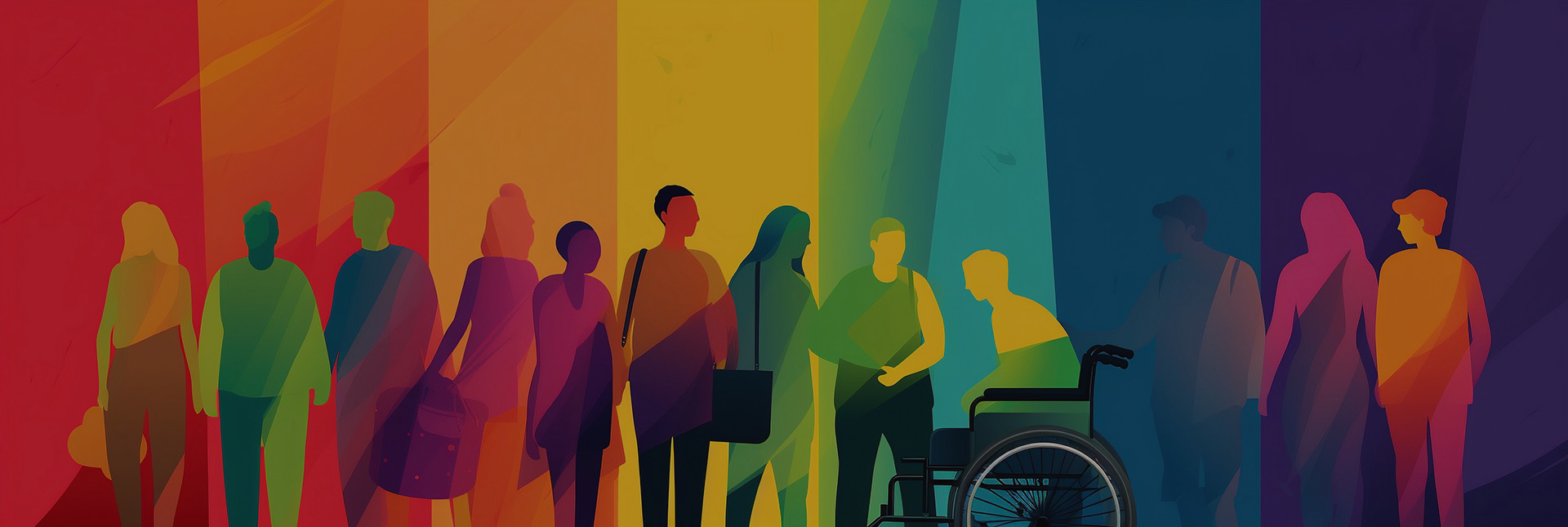Digital accessibility is a broad subset of an already broad area. The CDC surveyed Americans in 2018 and found that "One in 4 U.S. adults – 61 million Americans – have a disability that impacts major life activities." These disabilities can be permanent, temporary, or circumstantial, and fall into six main types: mobility, cognition, hearing, vision, independent living, and self-care.
It is our responsibility in higher education, both from an ethical and a legal standpoint (Overview of accessibility legal considerations), to ensure that anyone regardless of ability is able to receive the same quality educational experience. A significant portion of this is ensuring that the course content and materials used are accessible. This might include adding captions and audio descriptions to videos, tagging scanned PDF readings to convey their structure to assistive technology, or resolving issues found in Canvas through UDOIT.
To facilitate this essential work, there a number of pages linked below discussing how to assess your course content for accessibility. We've also collected some external resources that may be of use.
Accessibility and Assistive Technology
Creating Accessible Content
- Accessible Syllabus Templates
- How to Write Good Alt Text
- Accessible Documents and Websites
- Accessible Videos
Accessibility Research
Accessibility
- Creating Accessible and Inclusive Online Learning: Moving Beyond Compliance and Broadening the Discussion by Patrick Lowenthal et al, in The Quarterly Review of Distance Education, 2020. This article outlines the foundations of accessibility and UDL.
- Accessibility in online courses: A review of national and statewide evaluation instruments in TechTrends by Baldwin and Ching, 2021.
- One model to rule them all, one model to bind them? A critique of the use of accessibility-related models in post-secondary education in Open Learning: The Journal of Open, Distance, and e-Learning, 2020.
- Systematic review (2000 to 2021) of online accessibility research in higher education in the American Journal of Distance Education, 2022.
Students with Disabilities
- A systematic review of academic interventions for students with disabilities in online higher education in European Journal of Special Needs Education, 2022.
- Getting ahead in the online university: Disclosure experiences of students with apparent and hidden disabilities in International Journal of Educational Research, 2022.
- Suitability of online higher education for learners with disabilities: The students’ voices in Journal of Special Education Technology, 2022.
